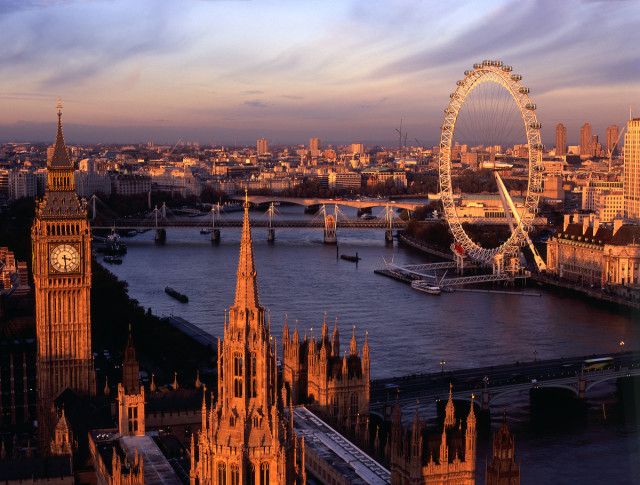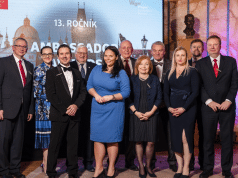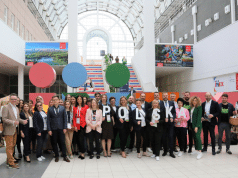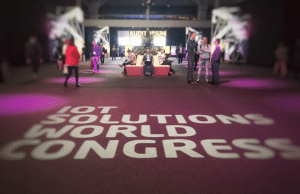

“Ten years ago, when we started preparing the congress travelogues, we couldn’t possibly have foreseen that our methodology for evaluating destinations would have become such an important reference point for meeting planners. As of today, we have published 76 travelogues of various meeting destinations, all based on hard graft and solid field work. Our unflagging enthusiasm for this has demonstrated that we have been setting quality standards that are also being recognized by the wider international industry public through the Meetings Star Awards.”
– Gorazd Čad, Editor in Chief
Congress travelogues, or Meetologues, have become a firm reference for event organisers in selecting destinations over the past decade, mainly because of their sound logic and the benefits that they bring to all parties.
On the initiative of individual destinations that have participated in the MTLG project, we have now prepared a new categorization of meeting destinations. The primary reason we have done this is to ensure the clarity and comprehensibility of the individual categories; the new categorization involves a combination of criteria and the basis for the classification of destinations into four classes is based on the full range of the index and total scores that fall within it.
The results of this new categorization are presented in detail below. It highlighted that, depending on the supporting capacity, destinations can be divided into four categories that are framed based on the maximum number of participants that can be accommodated without encountering any major logistical turmoil or complications.
XL MEETING DESTINATIONS
Destinations that can host more than 2,000 congress attendees
The largest European meeting destinations are to be found in the first category, as they have advanced development of congress infrastructure and excellent flight accessibility. These destinations are also predominantly the most important aviation hubs. There are, however, significant differences among the destinations that will be further brought out by a detailed evaluation of their qualitative criteria. At the top end of the category are the largest destinations, all with excellent infrastructure and minimum differentiation in their broad provision, mainly being in the sphere of flight availability. Based on the detailed evaluation the destinations with an index of 500 to 600 still have some challenges in different fields, for example at Baku, where infrastructure development is incredible but where on the other hand it has a significantly low level of flight availability, or with Belgrade and Bucharest, where better accessibility and a larger number of hotel rooms is lacking. In each of the MTLGs you can find a more detailed and revealing in-depth analysis of the criteria.

LONDON, Great Britain
MTLG INDEX: 700

BUDAPEST, Hungary
MTLG INDEX: 613

BARCELONA, Spain
MTLG INDEX: 700
WARSAW, Poland
MTLG INDEX: 608

PARIS, France
MTLG INDEX: 698
MOSCOW, Russia
MTLG INDEX: 591

ISTANBUL, Turkey
MTLG INDEX: 695

SOFIA, Bulgaria
MTLG INDEX: 571
VIENNA, Austria
MTLG INDEX: 682

ATHENS, Greece
MTLG INDEX: 569

MILANO, Italy
MTLG INDEX: 682

ZURICH, Switzerland
MTLG INDEX: 566

PRAGUE, Czech Republic
MTLG INDEX: 659

BELGRADE, Serbia
MTLG INDEX: 545

DUBLIN, Ireland
MTLG INDEX: 622
BAKU, Azerbaijan
MTLG INDEX: 511
MUNICH, Germany
MTLG INDEX: 634
BUCHAREST, Romania
MTLG INDEX: 531
MTLG 2017 CATEGORIZATION
The complexity of the meetings industry means there are many possible variables that can contribute to defining the ‘size’ of a destination. We have been looking for those that are frequently considered to be closely connected and interdependent. This aspect of the defining criteria process necessitated a review of existing literature, which is quite limited in that field and is heavily reliant on the statistics prepared by the international association ICCA, which focuses on recording the number of association meetings and their participants at a destination. Our pillar capacity of meeting estinations were calculated based on criteria that were defined with the help of leading experts from various destinations and are as follows:
MTLG BENCHMARK
The entire methodology of our work had already been upgraded previous year with a system of benchmarking that is carried out for each individual congress destinations, under the name MTLG BENCHMARK.
With our complete methodology we have saved you a lot of your valuable time that would otherwise have been spent in comparing yourself with your main competitors.
Our process is conducted at two different levels:
1. DESTINATION EVALUATION (following the congress MTLG’s methodology)
At this stage destinations are evaluated on all the criteria that are covered in our methodology, including 63 competitive criteria. Based on the destination evaluation a comparative matrix is prepared, which is the basis for the workshop performance of the second stage.
2. BENCHMARK WORKSHOP (with key stakeholders at the destination)
The workshop is designed to evaluate the competitive strengths and weaknesses of a destination and provide the exchange of good case studies in regard to its the further development.
We are confident that our objective evaluation will help event organisers and at the same time allow destinations to implement the further improvements required to overcome their comparative disadvantages.













